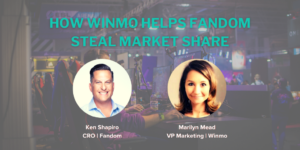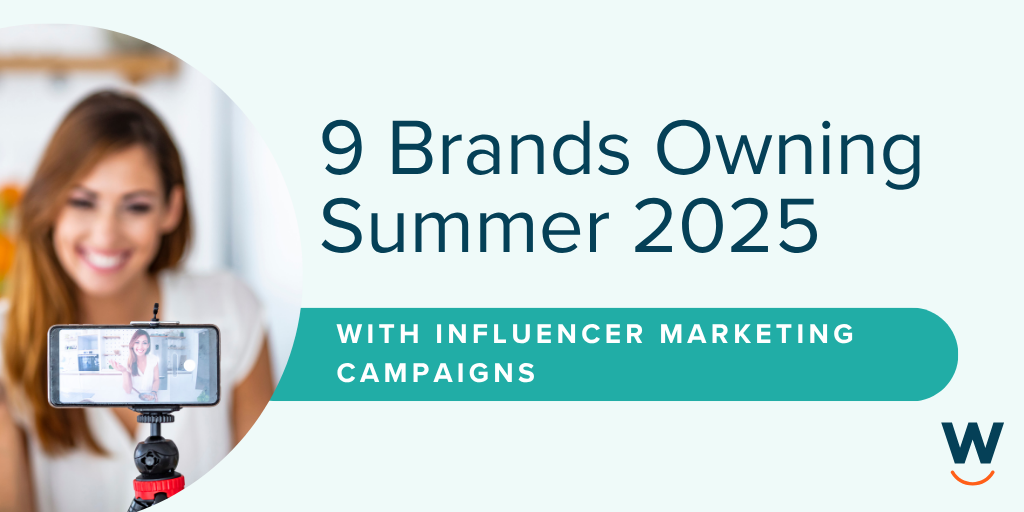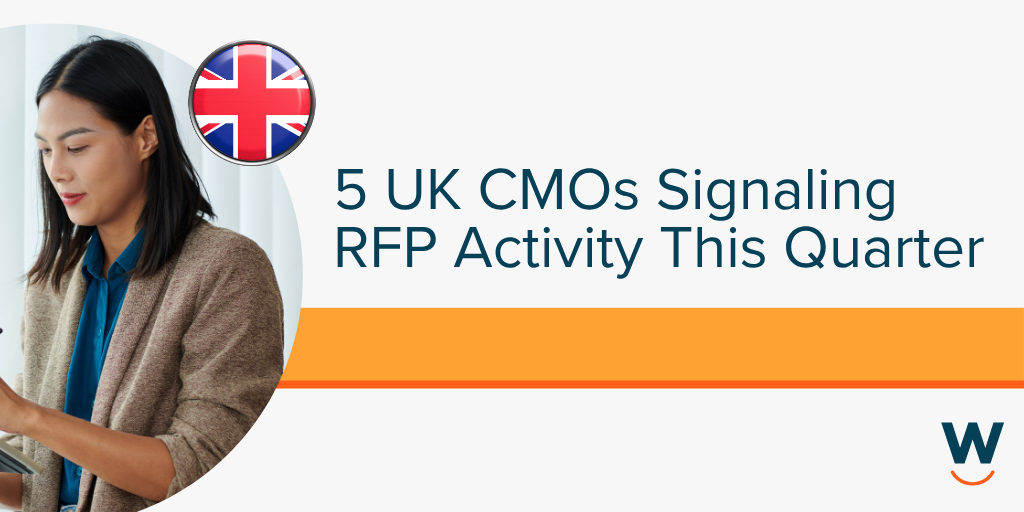
How Winmo Helps Fandom Steal Market Share: Live from Adweek Elevate
Ken Shapiro leads comprehensive sales, marketing, and product strategy as CRO for the world’s number one reference source for TV, movies, and gaming, Fandom. Reaching 300 million fans a month, Fandom celebrates their passions with digital toolsets for role-playing games, Emmy nominated video content, and eSports tournaments.
Winmo’s VP of Marketing, Marilyn Mead, interviewed Ken during last week’s Adweek Elevate Publishing Summit. Check out their full conversation below:
|
Marilyn Mead: Can you describe what Fandom does and what its key differentiators are?
|
Ken Shapiro: At our core, we’re a fan platform with 250,000 different communities where fans gather to learn about and connect with their favorite fandoms. We offer detailed insights into shows, games, movies, so users can answer questions like, where did that come from or what is that reference?
|
I always use Game of Thrones as an example. I was a huge fan of the show, but it was easy to get lost and find myself Googling questions like who are Jon Snow’s parents? What house was he in? The more detailed your searches, the more likely you’re going to end up on Fandom. From our perspective, there is such passion from these fans. Again, we have 40 million pages of content, 250,000 different communities, and 300 million fans coming to us every month.
|
Fandom’s global, too. News and sports tend to be regional, but from an entertainment perspective, games and new shows, like Loki on Disney+, go global. All of this stuff happens at the same time, so Fandom exploded tremendously during Covid. People were spending so much more time-consuming content, whether that was streaming or gaming. Then, everyone wanted information on what they should watch or play next. So that is what we are in a nutshell — a fan platform focused on TV, movies, streaming, and gaming.
|
|
|
In October everyone wanted to know, why Squid Game viewership jump 5,000% over one weekend. It probably didn’t start in the US, which just proves my earlier point, entertainment is global. We want to bring advertisers to Netflix and Hulu subscribers or gamers with a new Xbox or Playstation because we know what shows they’re watching and the games they’re playing.
|
When I worked at Turner, we launched Space Ghost Coast to Coast, part of Cartoon Network, by itself, so I saw fans binge-watch all 10 episodes of a season then chronicle all the new characters. From that perspective, it’s really the fans that put the content out there. From an advertiser perspective, Fandom is very different from other platforms. We care less about the likes, follows, and comments. What sits at the center of our platform, which is different than the other platform, is the content.
|
If I’m on Instagram or Twitter it’s about my posts and my feed because that’s what I’m linking to. This is about the content and I honestly believe this is the direction we should strive for — that opportunity is really where I see advertisers taking advantage of it in a very brand-safe environment.
|
MM: Since you joined Fandom you’ve successfully diversified and doubled revenue across direct, programmatic, branded content, and even events. There have obviously been a lot of challenges and opportunities along the way. What specific challenges have Winmo helped you and your team solve?
KS: When I joined, we had a very small subset of advertisers. I was tasked with bringing in more Fortune 500s, but how do you find out where they are? Where are they spending? How are they spending it? Are they spending with our competitors? That’s where Winmo has been super helpful.
|
I really push my sales team to understand the competitive set. It could be anybody from IGN on the gaming side to the best social platforms like YouTube that make so much money from video. Then, we look at the advertisers that are spending and the formats that they’re spending on. Is it on video or display? Social or email? That’s really how we’ve broken it down and also where Winmo is really helpful.
|
And, as I said earlier, about half of our audience is outside of the US. Verizon is a top-five advertiser in the US, but doesn’t exist in the UK, so how do we find the British version? We’ve tapped into Winmo for that and it’s been super successful. And, by the way, the Verizon of the UK is British Telecom.
|
KS: Most folks are in the middle of 2022 planning and need to identify consistent, third-party metrics. We’ve elected to work with Winmo to identify tracking. Specifically, are we gaining share on our competitors? Are we getting the right price points? Where are we winning and losing? When you establish a source of truth you’re establishing a baseline. Winmo is our baseline for all of this information. When I look at the end of Q1 and our goals, we’ll be able to track it against our competitive set.
|
MM: You’ve talked about looking at market share across digital and who you’re stealing it from. Obviously, there are many mobile sites geared toward fans, but is Fandom stealing share from other channels or mediums?
|
KS: I wouldn’t exactly say Fandom is stealing it. I would say that digital is stealing it and, as a result, Fandom captures a portion. Video is transitioning at an accelerated rate with digital channels, so we’re trying to capture that. It’s becoming an even bigger focus as we move into 2022 because sight, sound, and motion, have a bigger impact. And we’re able to then do contextually targeted information or data points on video to go along.
|
MM: How is Fandom approaching automation? How does Winmo help with partners that are buying programmatically?
|
KS: That’s a great question. We want to be able to deliver. However, if you want to do things from a programmatic perspective, with more automation, we’re able to do that. We track the amount of direct IO business versus programmatic business. And are we able to deliver and steal share from that element? Winmo helps us identify those two different buckets.
|
MM: One of the subjects you touched on is how the fans will jump into their niche and dissect everything about that subject, do you consider the information provided by them a valuable resource for platform building?
|
KS: Oh, 100%. That’s the core of our community. These folks do this because they love the content. The stigma of the passionate fan base is gone. In the past, it was like, these people only come out of their basements for Comic-Con, but I look at it no differently than wearing a favorite player’s jersey to a football or baseball game. There is more content being created every day in entertainment and gaming and only a certain amount of NFL teams and NFL games every year. I love football, but there’s a cap to it. We have AppleTV, Paramount+, and Hulu. Then there’s Activision Blizzard and Square Enix, so it’s just endless.
|
The fans are the backbone of our platform. They’re the ones that have created 40 million pages of content and take such pride in the accuracy. There’s no agenda. It’s not about getting likes, so it’s different than traditional influencers.
|
As new content comes out, we hear about executive producers going to Fandom. There was a Star Trek movie that came out a couple of years back and a producer was quoted in the press saying, I had to go to Memory Alpha, the Star Trek community, to make sure we are doing everything authentically. We’ve chronicled every Star Trek movie, television episode, and character — this is the key to our platform. And we’re the only people that can bring that information to the fan base.
|
MM: With growing privacy concerns, what do you think is the most important thing for publishers to do differently in 2022?
|
KS: It’s number one that you have to respect everyone’s privacy. It’s why I think age and gender have become less important. It’s going to sound cliche, but the heart of our platform is our Fan DNA. The ability to deliver the right message to the right person at the right time is so valuable. If you happen to be a fan of Game of Thrones, we know there’s a prequel coming out on HBO Max. How do we get that insight to the fans?
We understand what you love. That’s where we differentiate ourselves and how publishers need to think about their audience now.
|
|
Ken Shapiro is the Chief Revenue Officer at Fandom. Prior to that, he had an extensive career in the media business, formerly the VP of Clear Channel Outdoor and an 18 year veteran of Turner Broadcasting. As the SVP of Turner Digital, Ken drove revenue across brands like the NBA, CNN, and Adult Swim.





